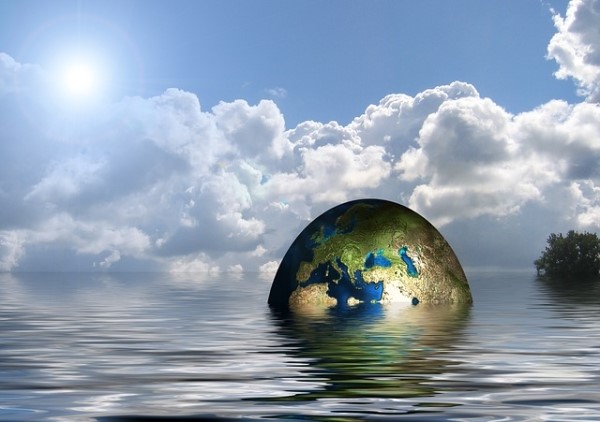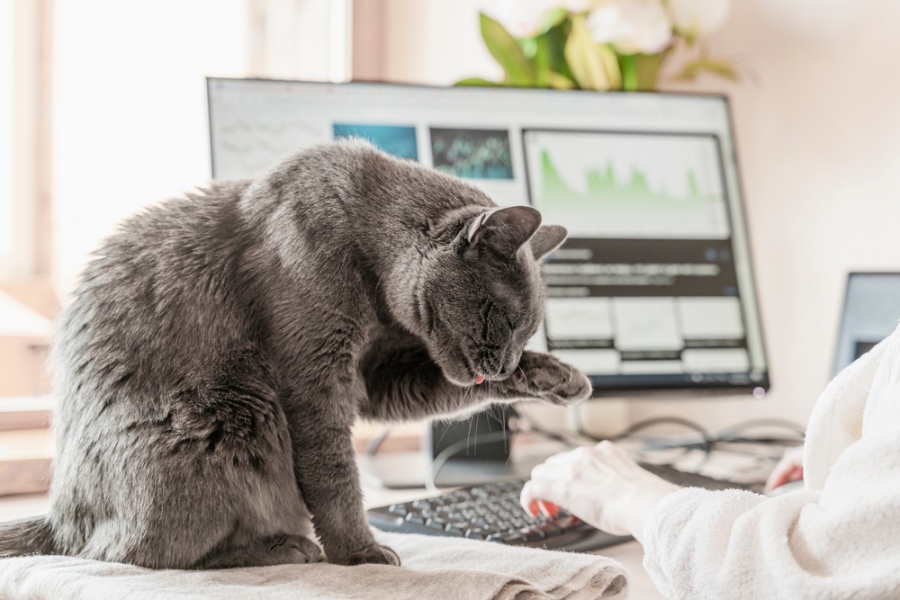Canaries were once regularly used in coal mining to warn the miners of impending doom. Toxic gases such as carbon monoxide and methane in the mine would kill the bird before affecting the miners. Because canaries are known for their desire to sing endlessly, they provided both a visual and audible cue in this respect. The use of these “miner’s canaries” in British mines was phased out as recently as 1987. However, just as miners used these canaries to help them decide if the oxygen level in the mine was safe, so too does our earth have signs to tell us what is going on. Climate change is a vital sign of the planet, and if we are still enough to stop and listen, observe and acknowledge, we will notice how out of sync our planet is becoming. For the safety and future of this planet, let us hope the people who can make a difference are the ones listening to this clear warning sign.
Climate Change
What is Climate Change? Why do we call climate change a vital sign of the planet? In a nutshell, climate change occurs when long-term weather patterns are altered — some of this is off course the natural evolution of any ecosystem however in the case of our planet, much of this altered pattern can be directly connected to human activity. Climate change is a significant and lasting change in the distribution of weather patterns over the history of this planet. It may be a change in average weather conditions, or in the distribution of weather around the average conditions. Climate Change is the pulse of our planet; and climate change is a vital sign of the planet’s response to what human activity has done to it. And there is no denying it, climate change is a visible response to an overabundance of untended activity and global warming is one measure of this climate change.
How does it happen – how does human activity impact Climate change?
The sun, as we all know, is essential for the growth and life on earth as we know it – without the sun, this planet would just be another block of ice, barren of life as we know it. While the majority of the sun’s radiation bounces back into space, just enough is trapped by the delicate balance of gases that make up our atmosphere – a significant layer of insulation if you will. Carbon dioxide (CO2) is the most important gas in this layer of insulation and is what allows life to exist. Naturally occurring Carbon is stored all over the planet — in plants, soil, the ocean, and even us. We release it into the atmosphere as carbon dioxide through activities such as burning fossil fuels such as coal, oil and gas, and by cutting down trees. Human activity has shifted the balance of carbon in the world, resulting in today’s atmosphere containing 42 per cent more carbon dioxide than it did before the industrial era – very hard to not connect those two – cause and effect relationship. We have disrupted this delicate balance and the notable climate change as a vital sign of the planet is screaming with this imbalance – giving us clear and measurable signs of the current and future impending damage to our ecosystem. Our thin safe reliable layer of insulation is turning into a heat-trapping blanket, causing extreme effects around the globe which are playing themselves out as unstable weather systems – droughts where no droughts existed; intense flooding all over the world; hurricane forces; extended tornado seasons are just a few of these aggressive changes. Global warming has already begun. In the past 110 years, the global average temperature has risen by 2/3 of a degree Celsius, and the northern hemisphere is warmer than at any point during the past 1,000 years, and is steadily advancing.
Despite the international scientific community’s consensus on climate change, a small number of key people continue to deny that climate change exists or that humans are causing it. However, these individuals are generally not climate scientists, and their arguments have been shown to be flawed by the scientific community at large. There will still be those who try to deny the role of humans on the climate change front; regardless of the naysayers, it is now time to act to solve the problem.
This article was written by Rose Murray, a reporter on environment and science,who is currently researching the topic of climate change.





